Stepping into Ogawa Coffee Laboratory feels like walking into a serene sanctuary of caffeine, where the traditional and the modern meet in perfect harmony. Nestled in the heart of Tokyo’s bustling cityscape, this coffee haven combines the richness of expertly crafted strong coffee with an aesthetic that embodies the soul of minimalist design. As you pass through the large glass windows, your eyes are greeted by a blend of elements: weathered wood, authentic washi paper, and stones that whisper tales of ancient Kyoto.
The atmosphere here is one of deliberate, uncluttered tranquillity, emphasized by the stark contrast between the warm organic elements and the concrete grey walls. The space oozes a kind of contemporary masculinity, which is perhaps most evident in the bathroom, adorned in a palette of dark, stoic colours.
But it’s the bar that steals the spotlight, your front-row seat to the theatre of coffee making. Here, you can witness the baristas in their element, operating as part-scientist, part-artist as they brew your choice of espresso, AeroPress, or pour-over coffee.
Whether you’re a coffee aficionado or someone simply in search of a space that ticks every box, from robust coffee to eye-catching interior, Ogawa Coffee Laboratory is your destination.
About
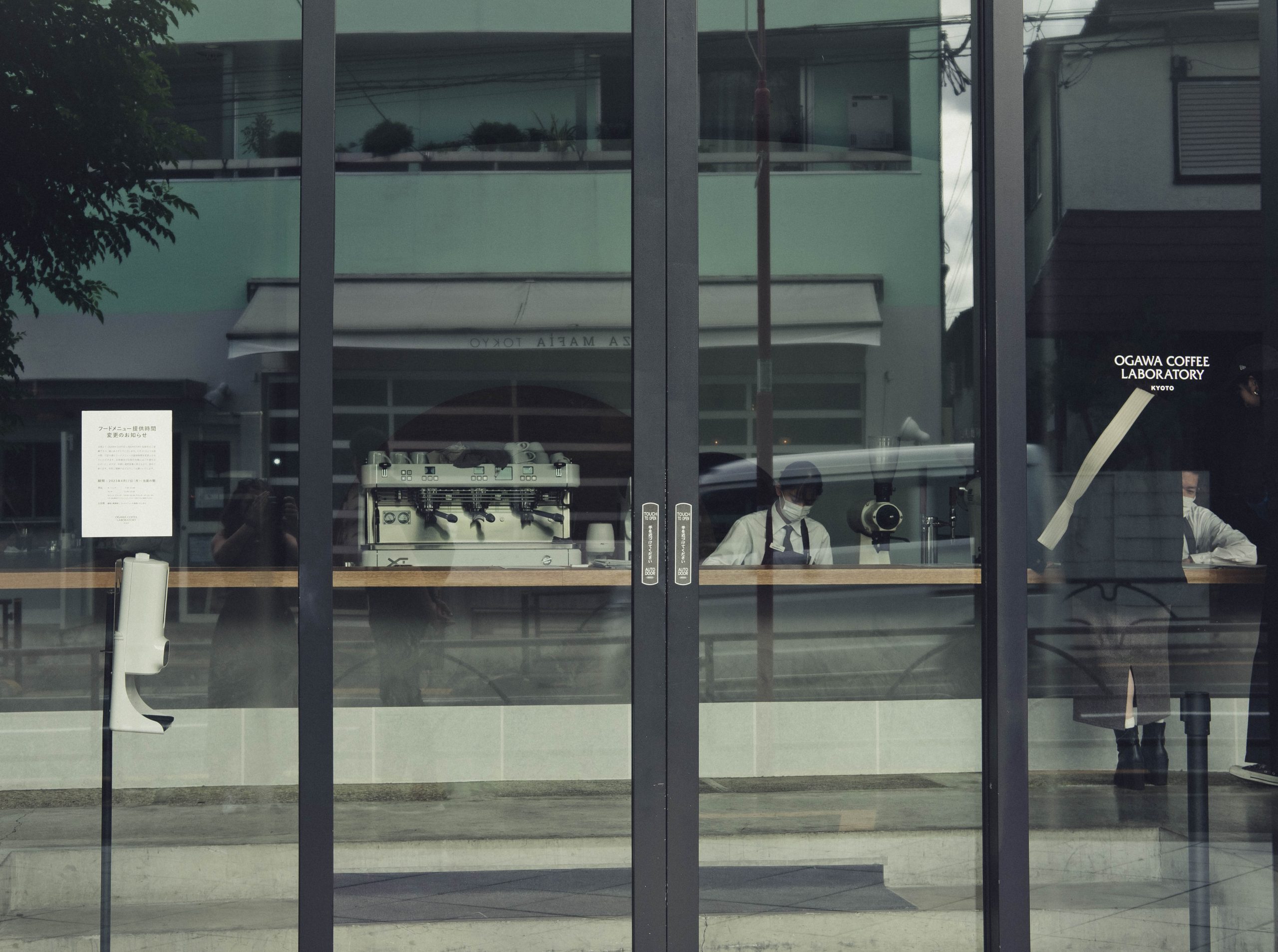
Founded in 1952 by Ogawa Hidetsugu in the Nakagyo district of Kyoto, OGAWA COFFEE Co., Ltd. has grown from its humble beginnings into an influential brand, continually expanding its reach and impact. After being officially incorporated in 1957, the company opened its first coffee shop in Kyoto’s Fushimi district in 1970. Over the decades, Ogawa Coffee established numerous offices throughout Japan, including in cities like Yasu, Hikone, Okayama, and Osaka. The company has remained committed to quality, earning various certifications such as ISO9001 and Organic JAS for its Kyoto Factory.
The brand also diversified its offerings with the inception of office coffee services in 1996 and went on to unify its various branches through strategic mergers, most notably in Tokyo, where an office was established in Shibuya in 2010. The Tokyo presence was further amplified with the launch of OGAWA COFFEE LABORATORY in Sakurashinmachi in 2020, and Shimokitazawa in 2021. Not just confined to Japan, the company also made its mark in the United States with the establishment of OGAWA COFFEE USA in 2014, opening a café in Boston the following year.
The brand has seen significant evolutions, with OGAWA COFFEE CREATES CO., Ltd. becoming a major part of the enterprise, incorporating 12 shops in 1974 and later rebranding in 1998.
Coffee at Ogawa Coffee
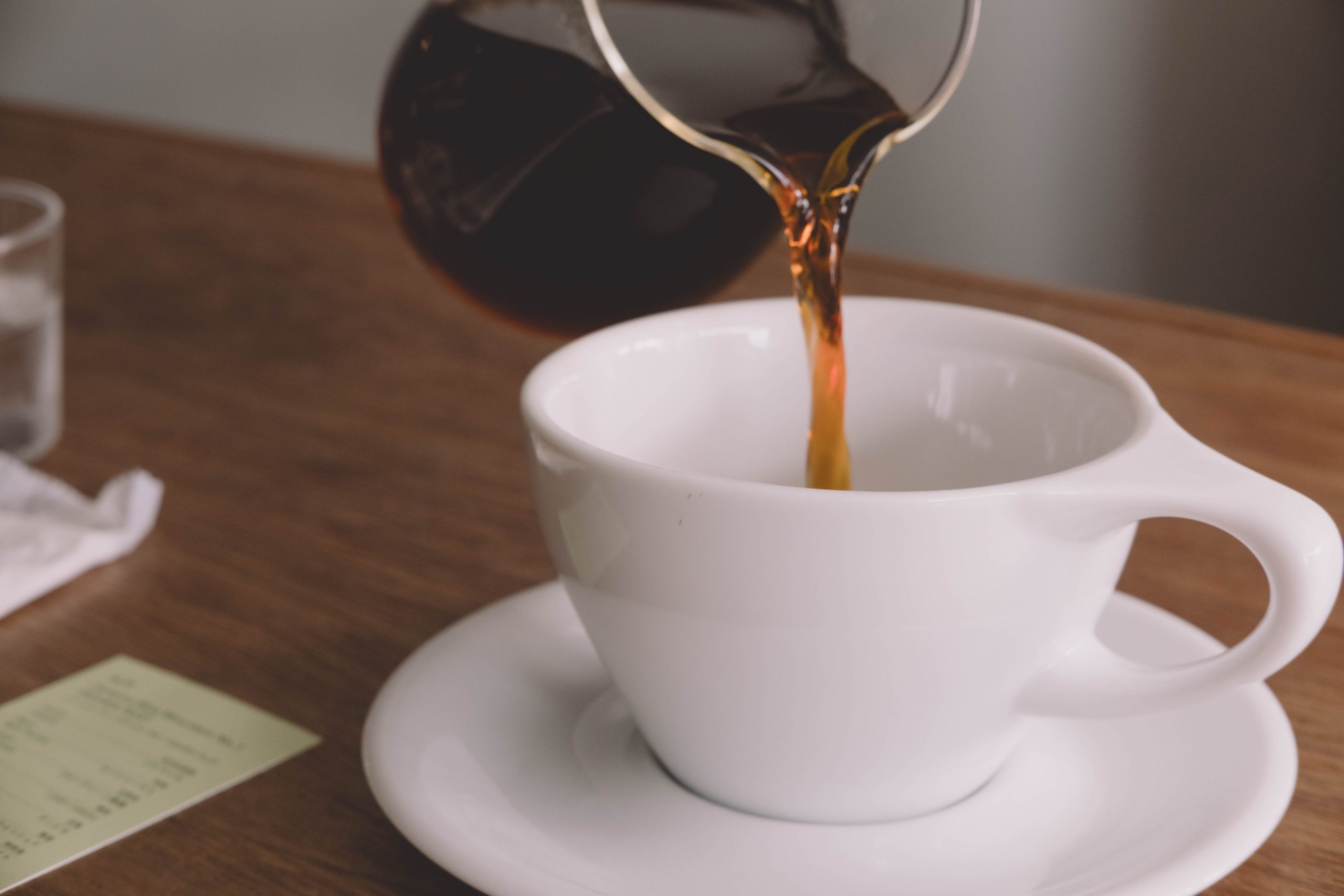
Ogawa Coffee is a great spot for anyone who loves coffee. They have a bunch of different options that can take your taste buds on a world tour. For example, they have this really special coffee called Jamaica Blue Mountain. It’s a bit on the pricey side, but it’s super smooth and tasty.
This specific coffee stands out as something extraordinary because Ogawa Coffee actually grows its own coffee beans in Jamaica. It’s pretty rare for a café to take the coffee-making process all the way from the farm to your cup, instead of just roasting beans from elsewhere. Yes, it’s a bit expensive (we’re talking 1320 yen for a Pour Over), but you get a generous amount served in a stunning clear jug, enough for two full cups. Just a heads-up: it’s a strong brew, so you might find yourself feeling extra energized after drinking it.
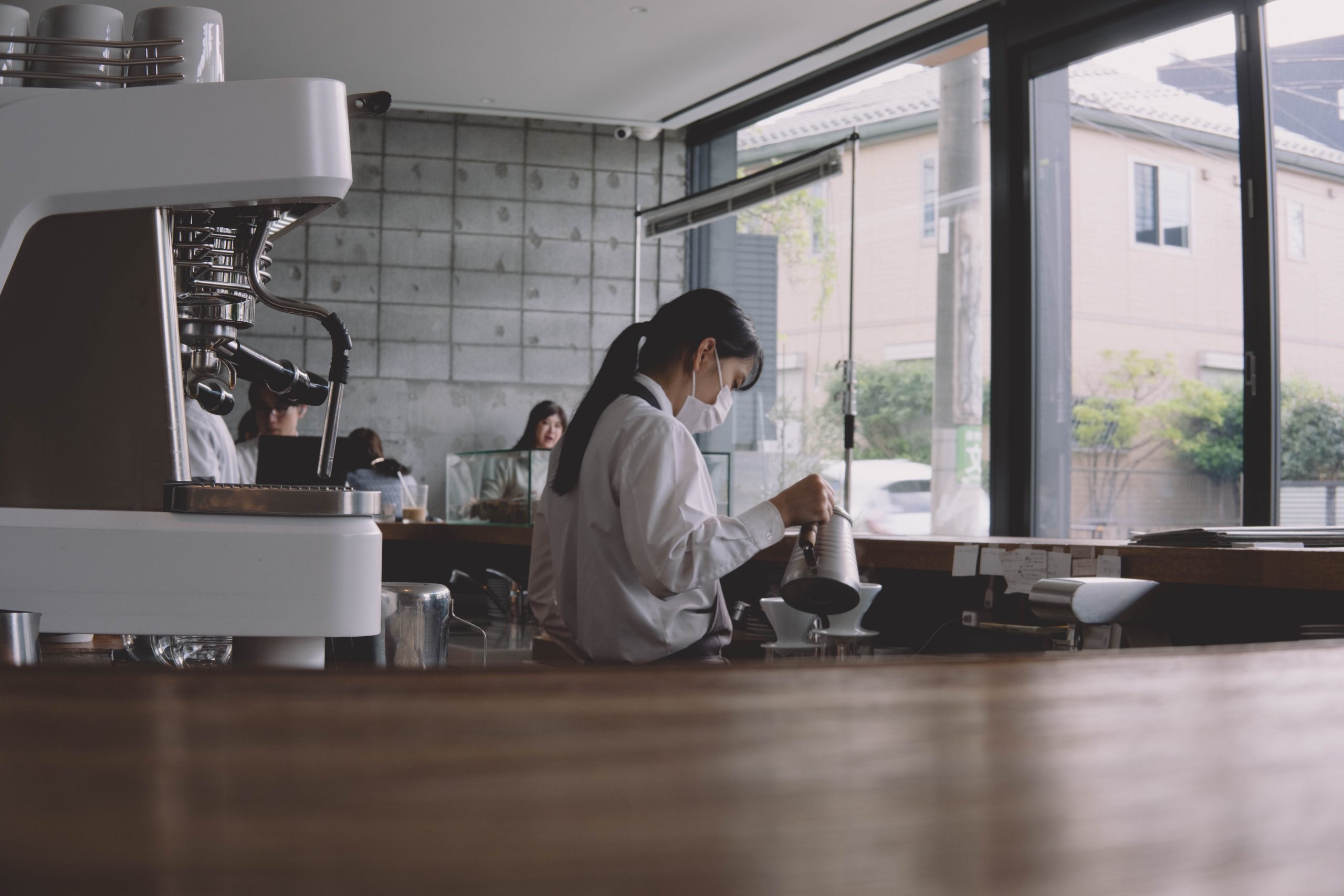
If you’re into trying something different, you should also check out their El Salvador Los Alpes coffee. It’s got its own unique taste that makes it stand out.
But don’t worry if you’re looking for something simpler or more eco-friendly. They’ve got a House Blend that’s made from organic beans, so you can enjoy a cup without any guilt. And if you’re someone who likes to keep it local, they also have a Kyoto blend that’s more budget-friendly.
What’s really cool about Ogawa Coffee is that you can pick how you want your coffee made. Whether you like your coffee strong and bold, like an espresso, or lighter, they’ve got you covered. They even have oat milk for folks who don’t do dairy.
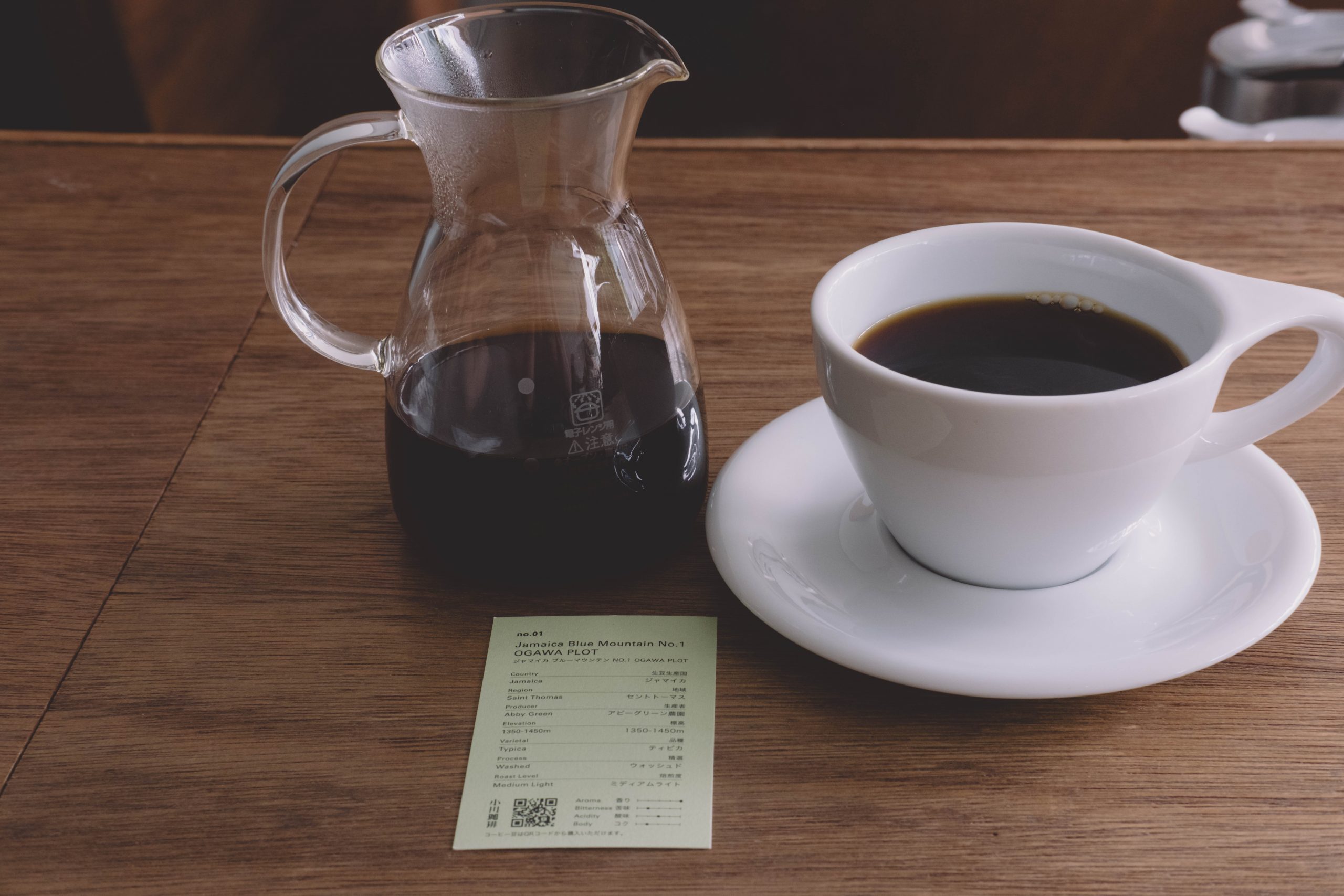
Understanding the menu at Ogawa Coffee
There are many ways to pick your coffee at Ogawa Coffee Laboratory Shimokitazawa and Sakurashinmachi. You can either go by flavour profile to pick the coffee that’s best for your taste buds. Or you can go single or blended origin.
As I mentioned, the company has a great affinity for Blue Mountain Coffee which happens to be one of my favourite. Once you pick the coffee, you then need to decide if you want ESP (espresso), PO (pour over) or AP (aeropress). I’m explaining the differences below so you know how to pick the best for you.
If you decide to take the Blue Jamaican, I recommend the Pour Over option.
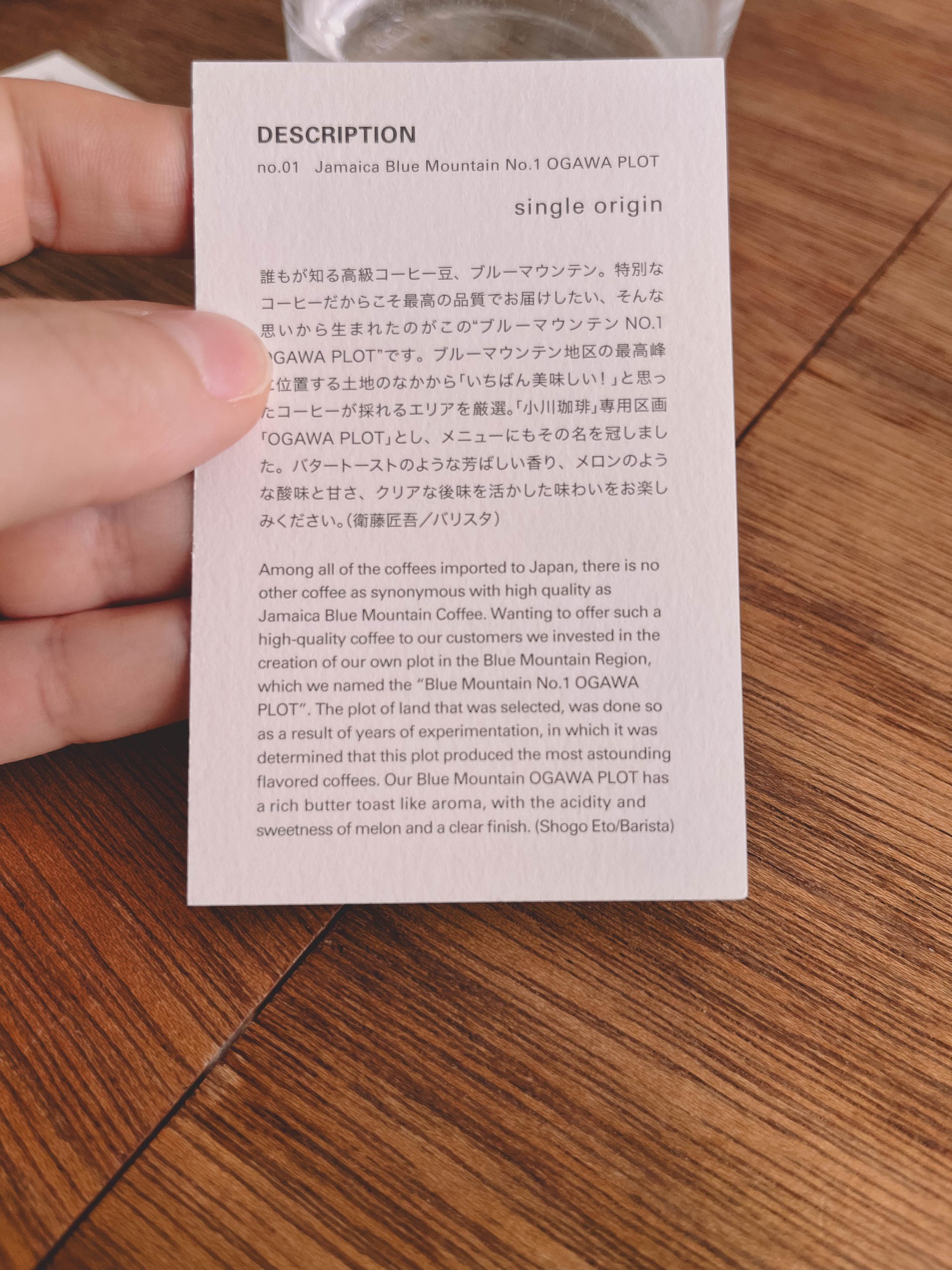
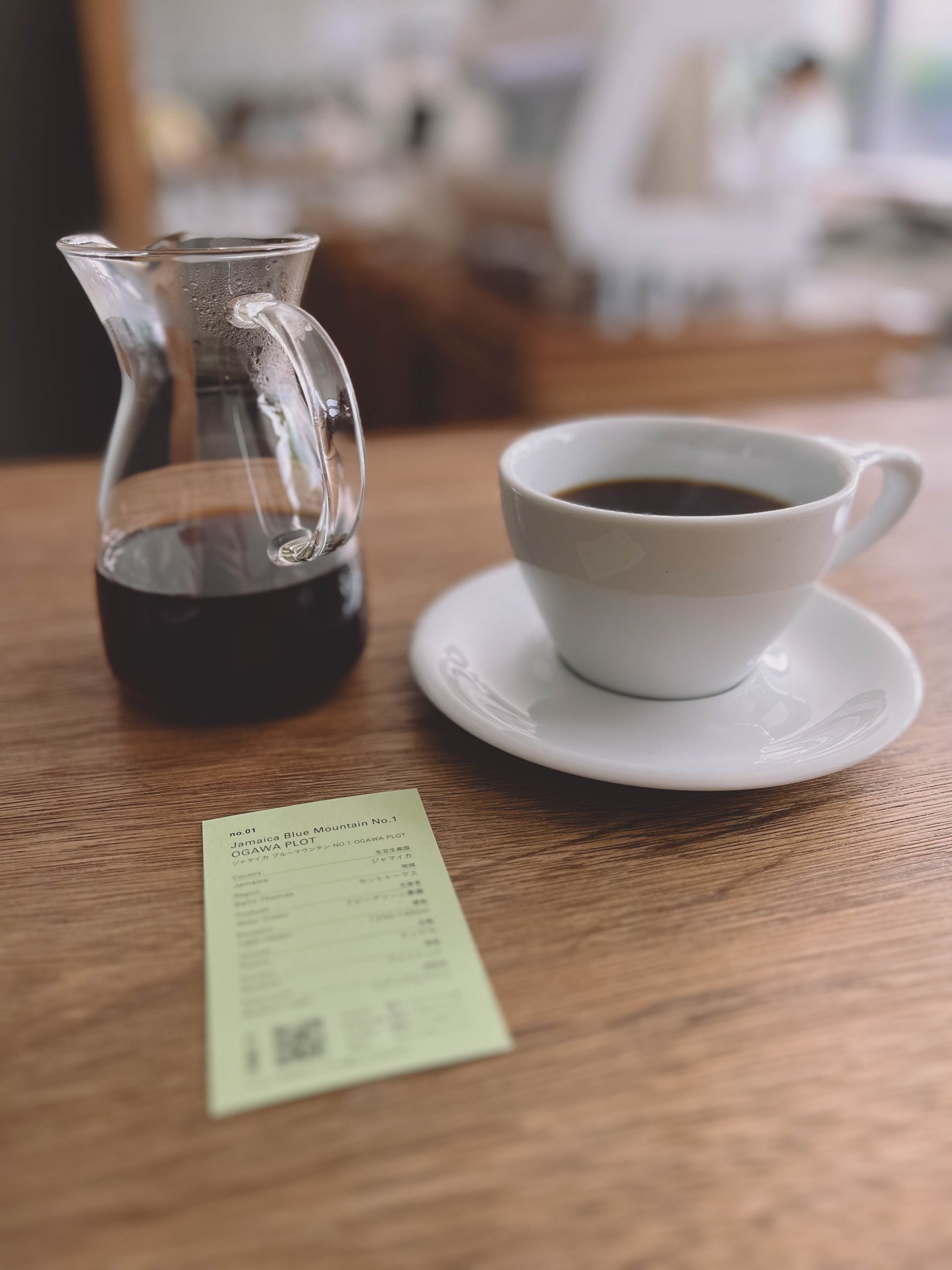
Espresso
- Method: High-pressure extraction
- Equipment: Espresso machine
- Flavour Profile: Strong, concentrated, and often with a creamy “crema” on top
- Brew Time: Fast, usually around 25-30 seconds
- Volume: Small, typically 25-30 ml (single shot)
- Best For: Those who love a bold, intense coffee flavour; also the base for many other coffee drinks like lattes and cappuccinos
Pour-Over
- Method: Gravity-based extraction
- Equipment: Pour-over cone and carafe or cup, gooseneck kettle for precise pouring
- Flavour Profile: Clean, nuanced, and allows for greater control over variables like bloom time and pour rate
- Brew Time: Moderate, usually around 3-5 minutes
- Volume: Flexible, usually at least 8-12 ounces (around 240-355 ml)
- Best For: Those who enjoy the ritual of making coffee and want to bring out the unique characteristics of different coffee beans
AeroPress
- Method: Air pressure extraction
- Equipment: AeroPress device, which is a plastic cylinder and plunger system
- Flavour Profile: Versatile, can be strong like espresso or lighter like American coffee, depending on how you use it
- Brew Time: Fast to moderate, usually around 1-3 minutes
- Volume: Smaller, typically around 6-8 ounces (around 180-240 ml)
- Best For: Those looking for a quick, versatile, and portable coffee-making option; great for travelling
If you’re looking for the strongest coffee in terms of both caffeine concentration and flavour, espresso is generally your best bet. But both pour-over and AeroPress offer ways to adjust your brew for a stronger cup if that’s what you prefer.
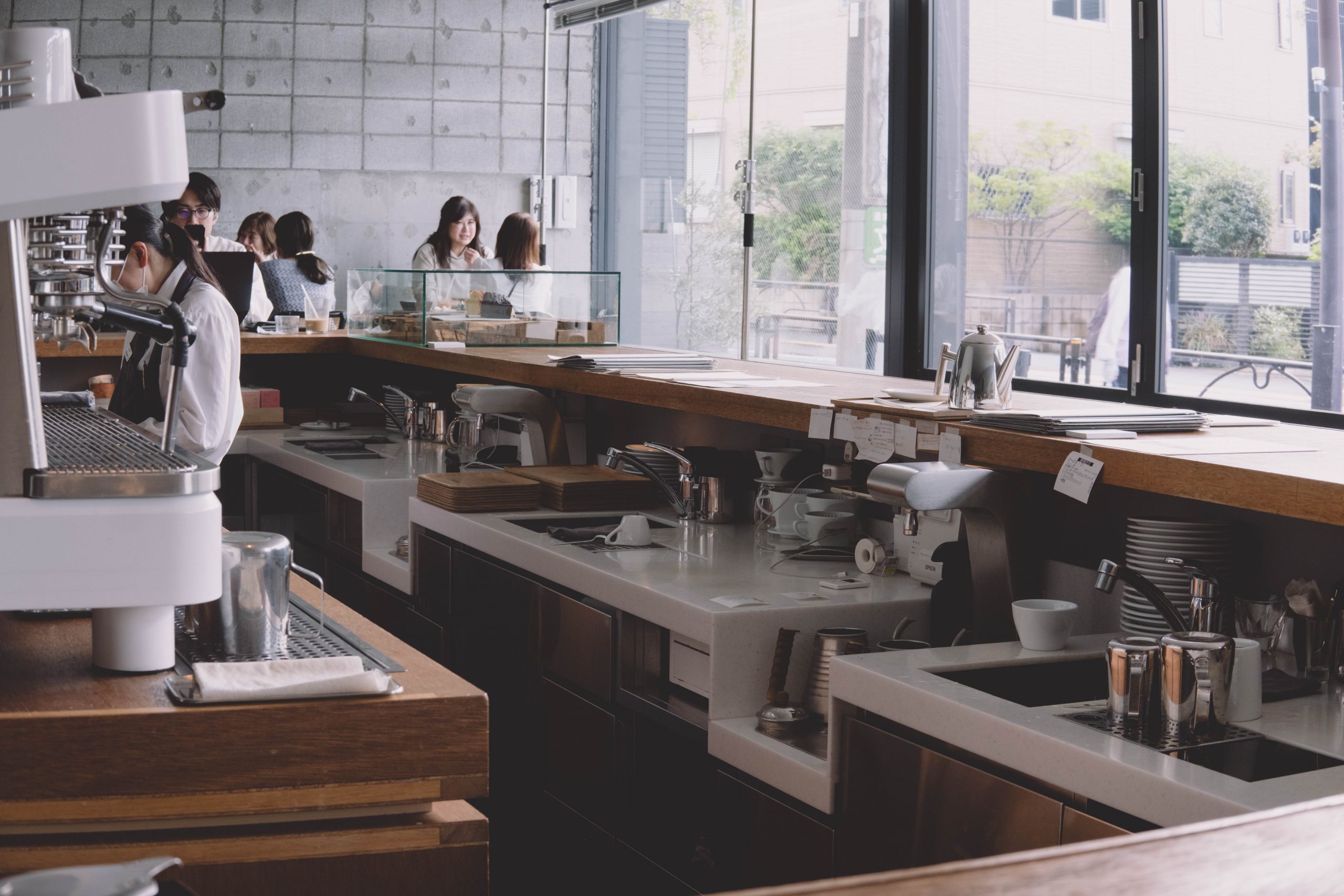
The Interior and Vibe
Ogawa Coffee is way more than just a spot to get a quick coffee. The Sakurashinmachi shop is super comfy but also feels modern. They’ve mixed classic Japanese stuff like wood and special paper with up-to-date designs like big windows and concrete walls. It’s the kind of place where you’d want to hang out and enjoy your coffee, not just rush in and out.
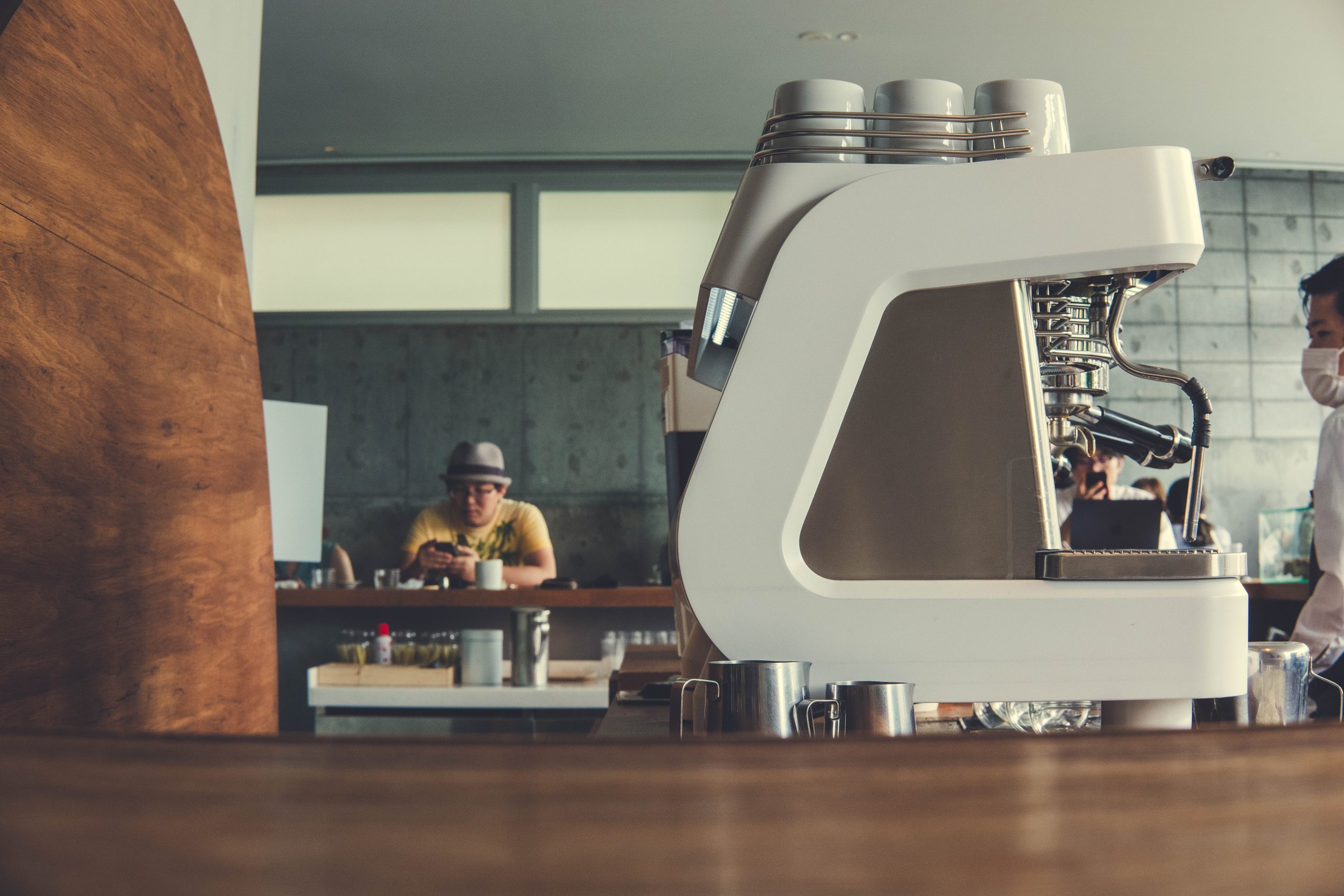
Now, the Shimokitazawa location is a whole different game. It’s set up in a really cool part of Tokyo where people love their coffee. This place isn’t just a café, it’s like a coffee school. They have all these different tools and gadgets, over 40 of them, that you can buy and even use right there in the store. The staff know their stuff and can teach you how to make great coffee. Plus, they’ve got a small, but tasty menu with things like scones and ice cream.
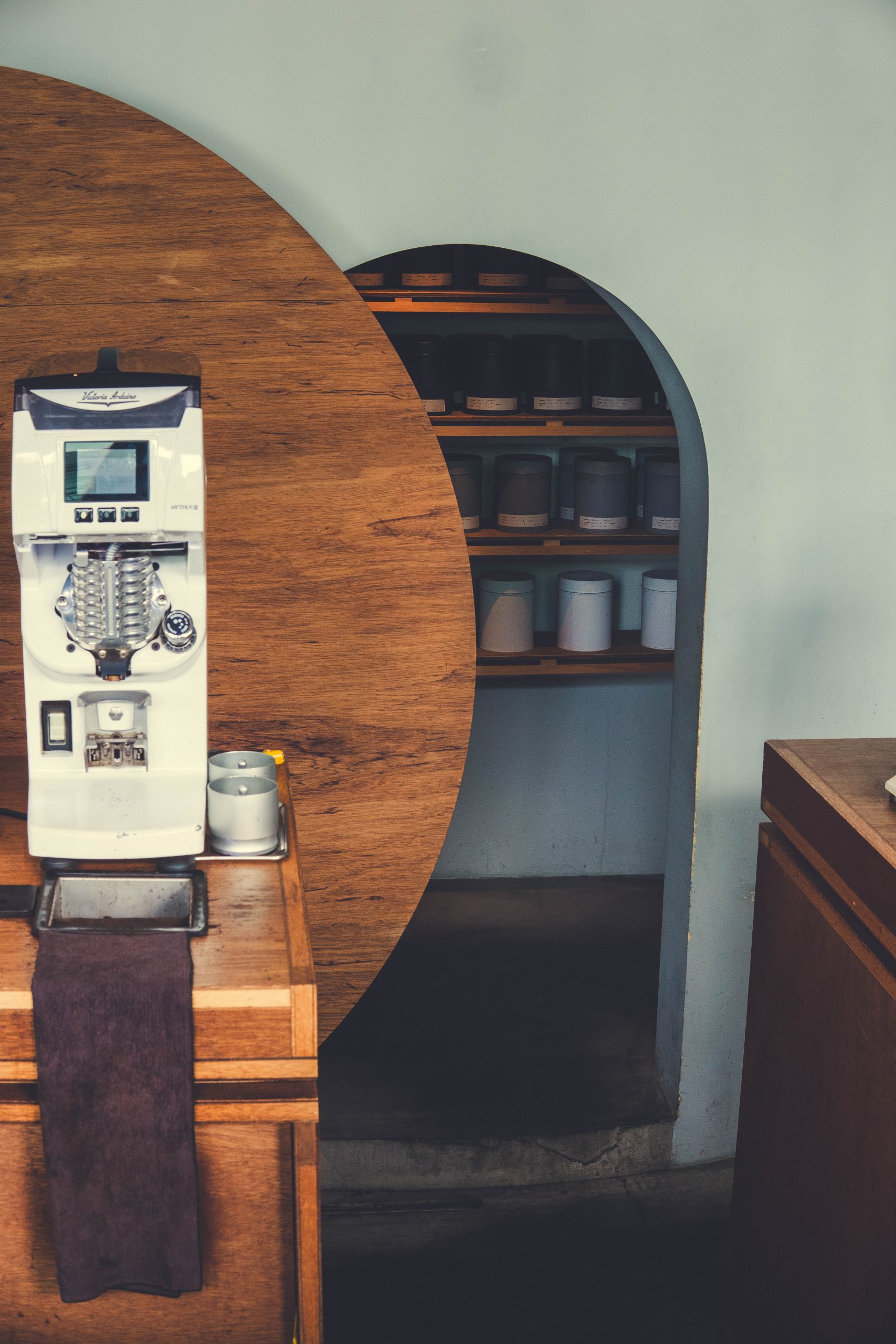
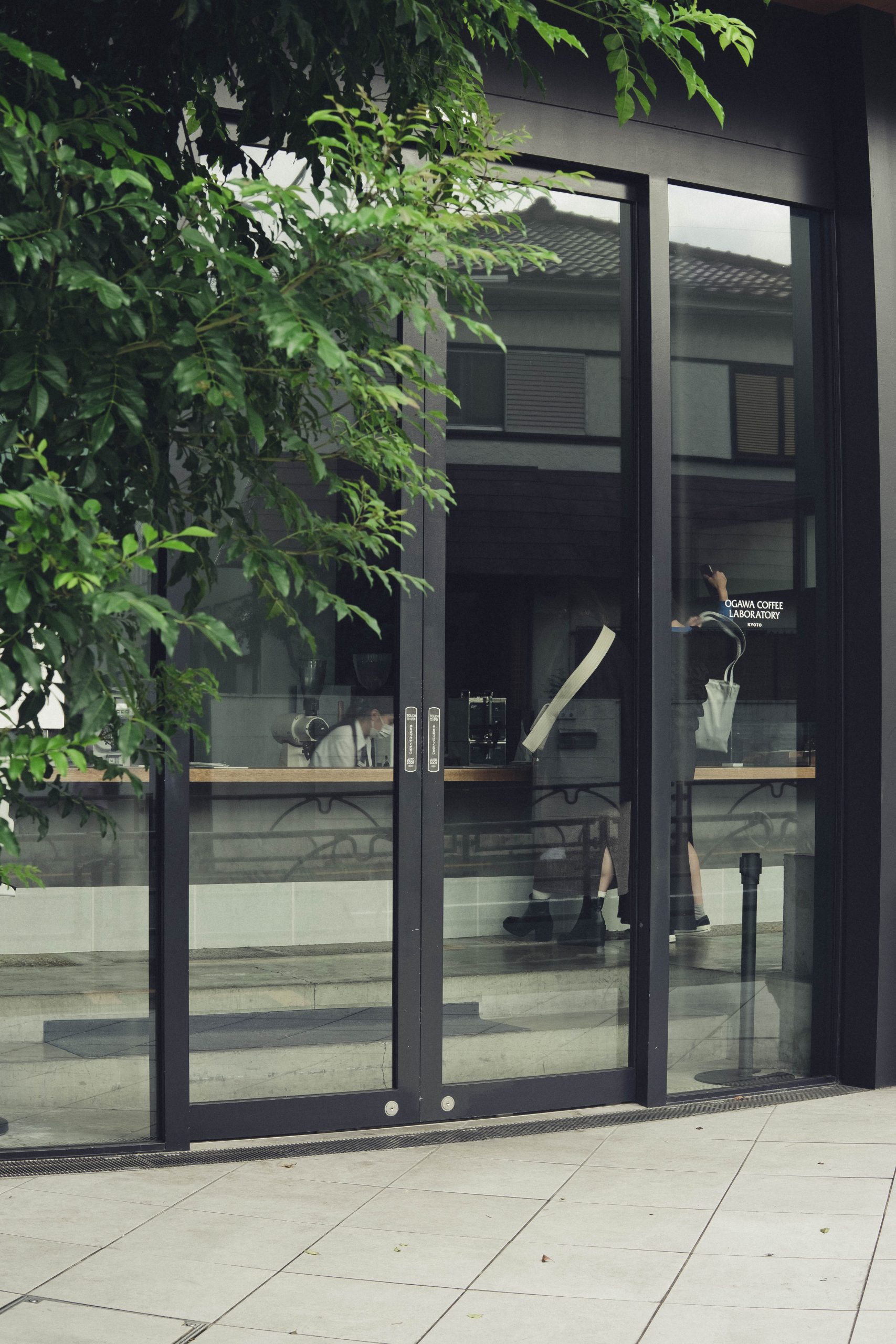
What’s really cool about both places is how they make you feel welcome, just like the famous hospitality you’d find in Kyoto. They’ve got loads of different kinds of coffee beans, more than 21 types, and they even bring in special ones each week. The idea is to help you find the best coffee for you, and they’re all about letting you try new things.
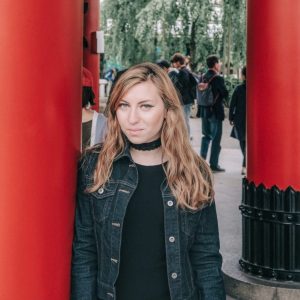
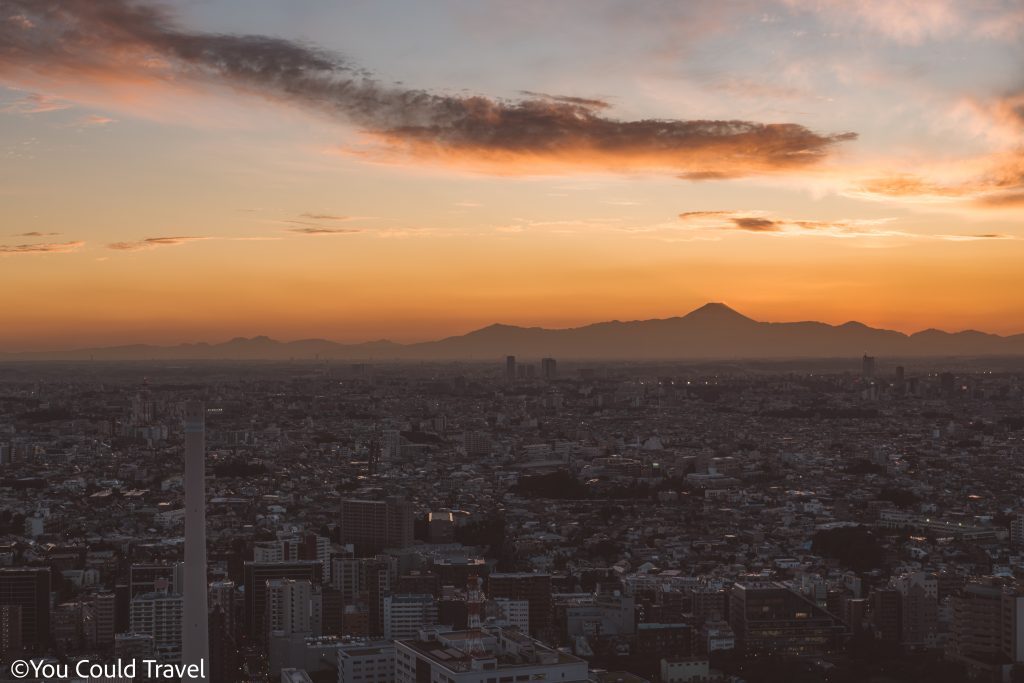
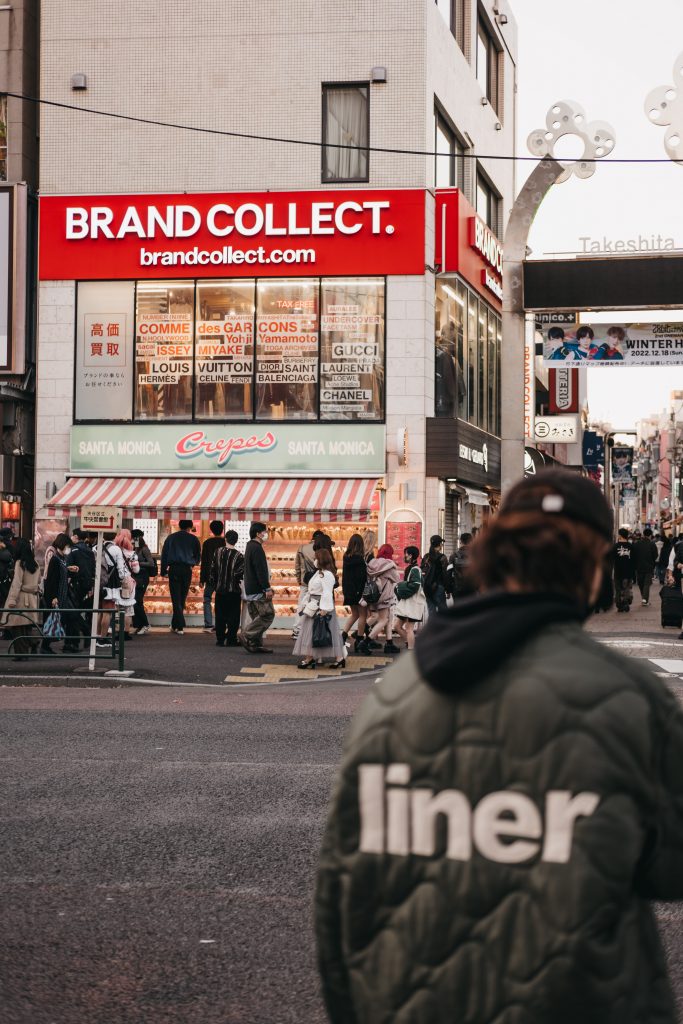
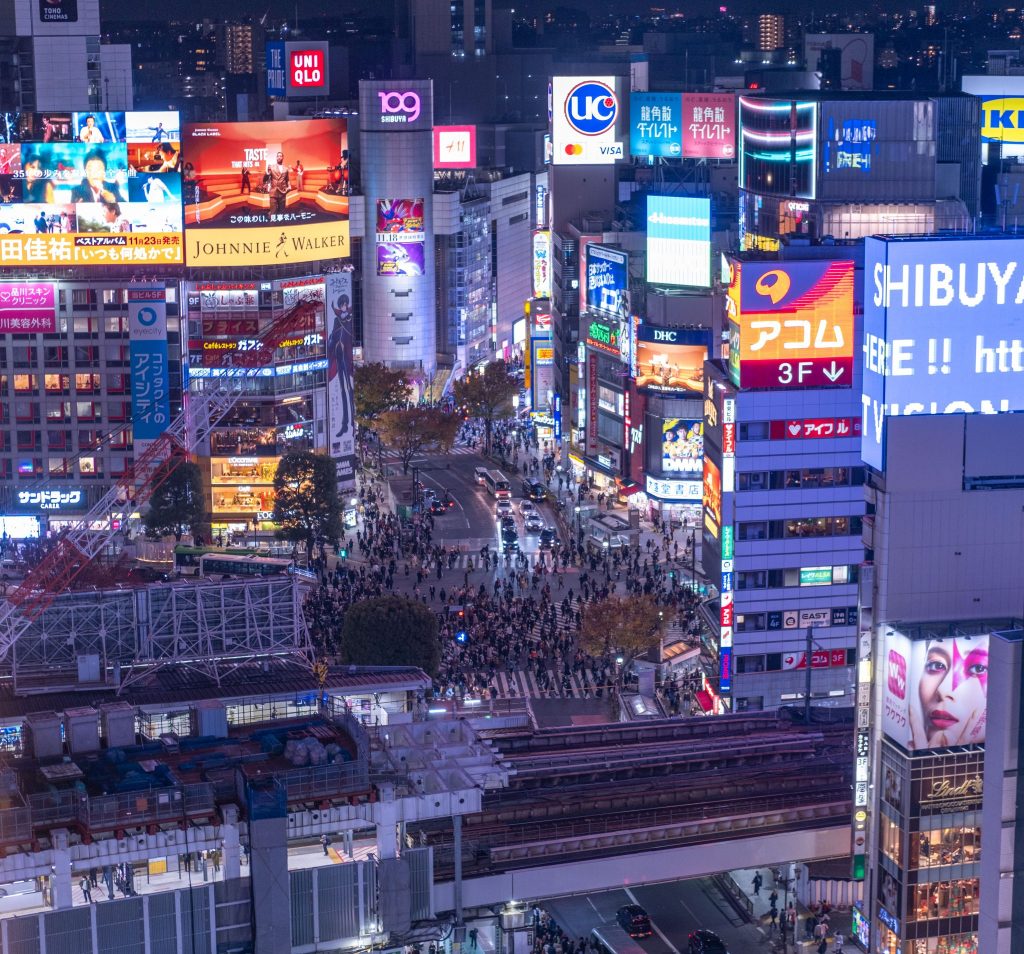
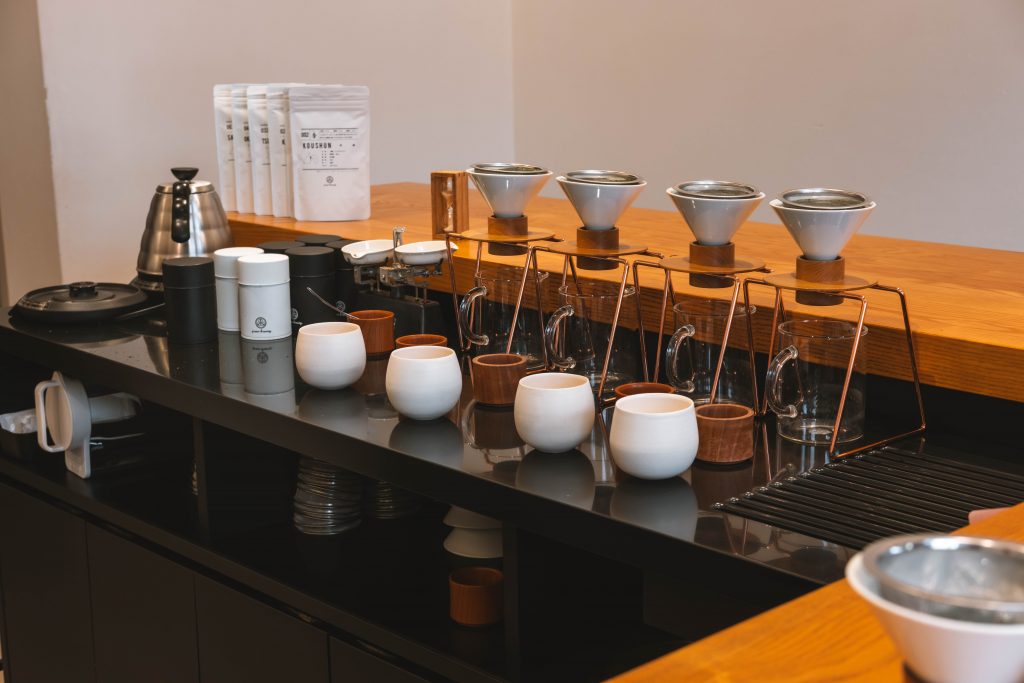
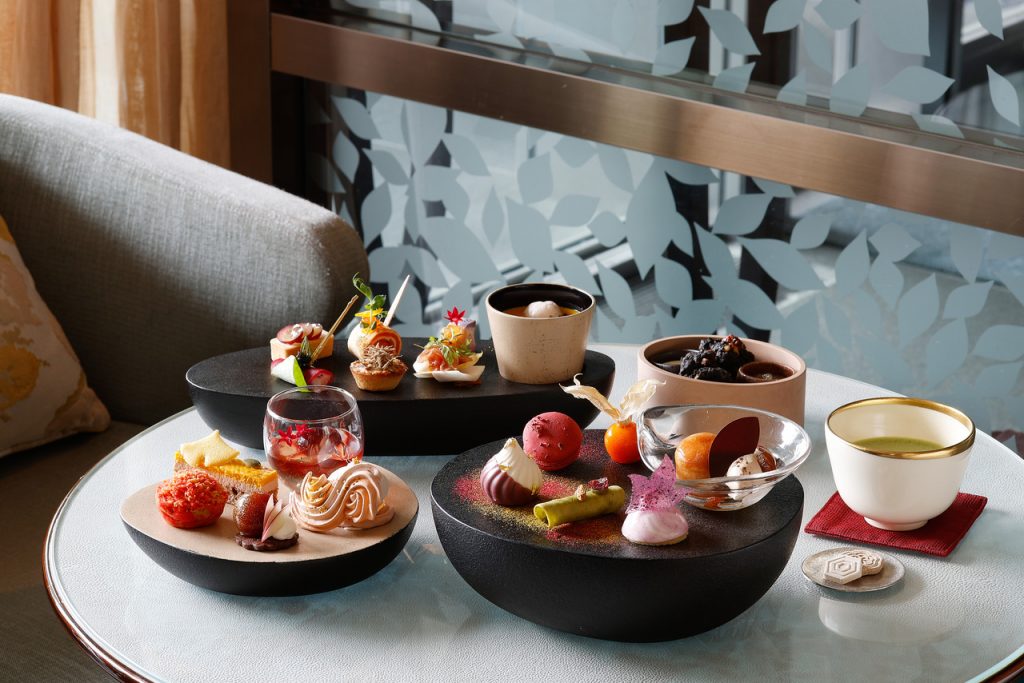
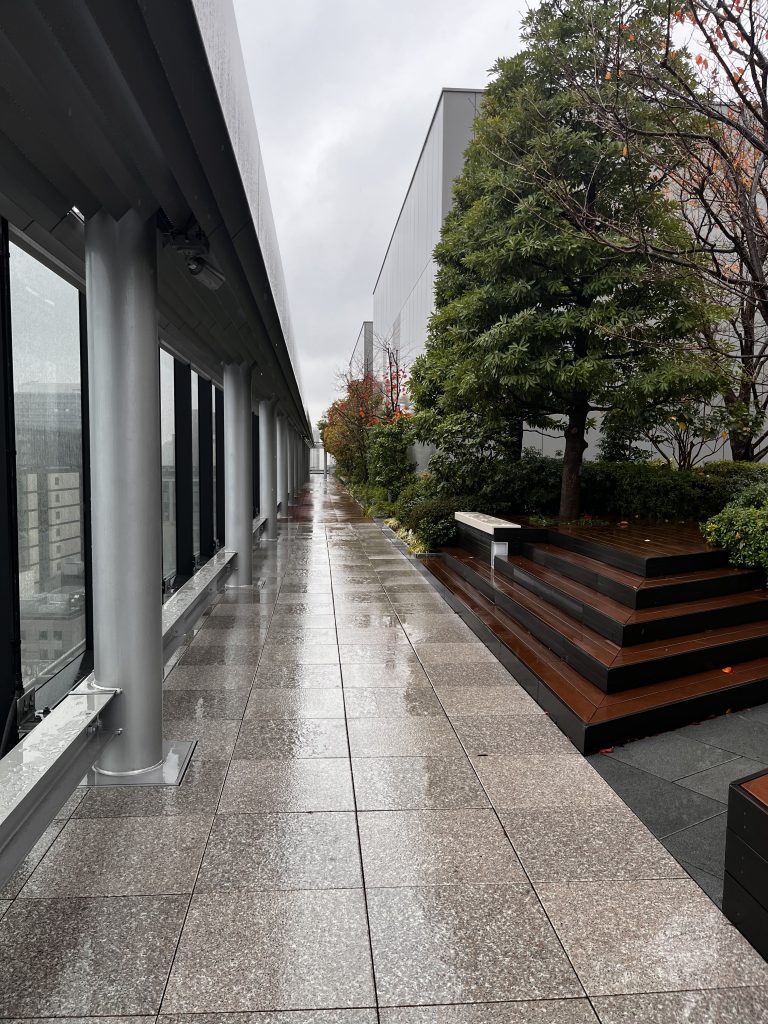
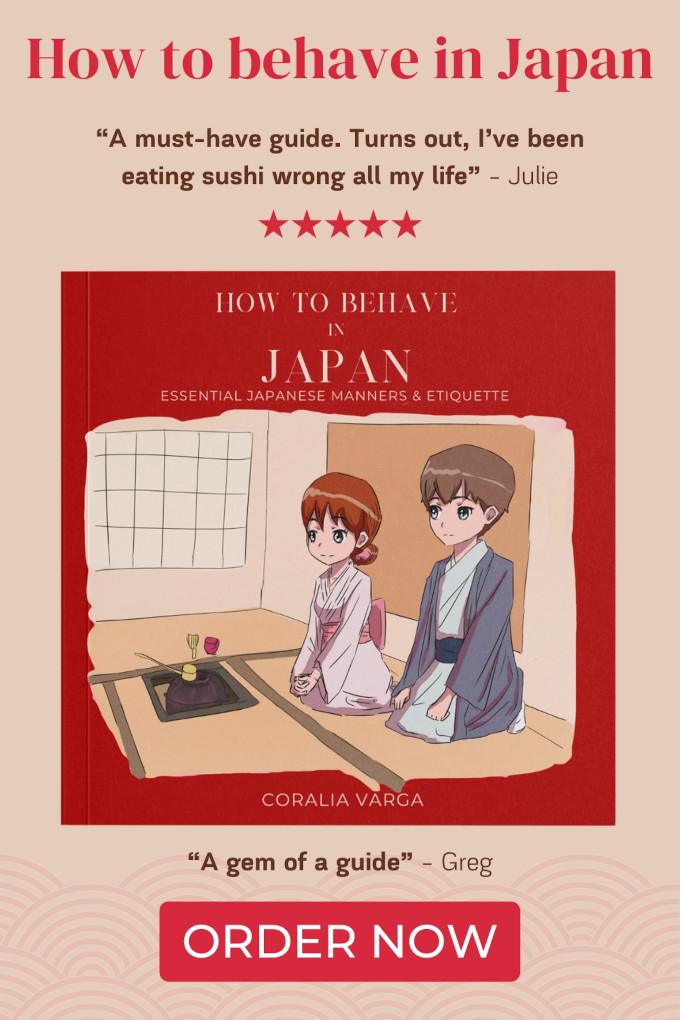
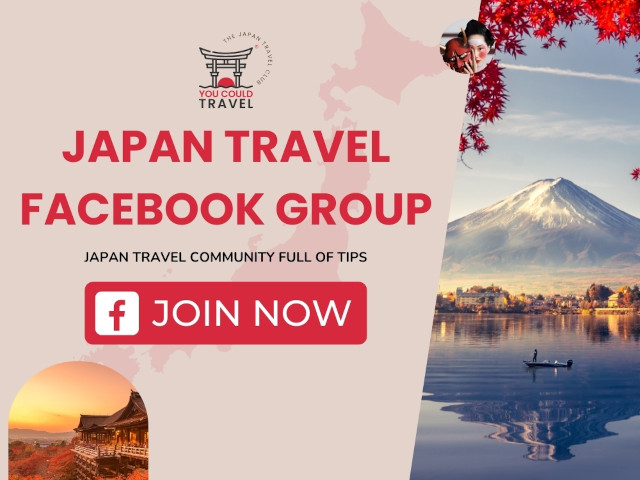
Leave a Reply